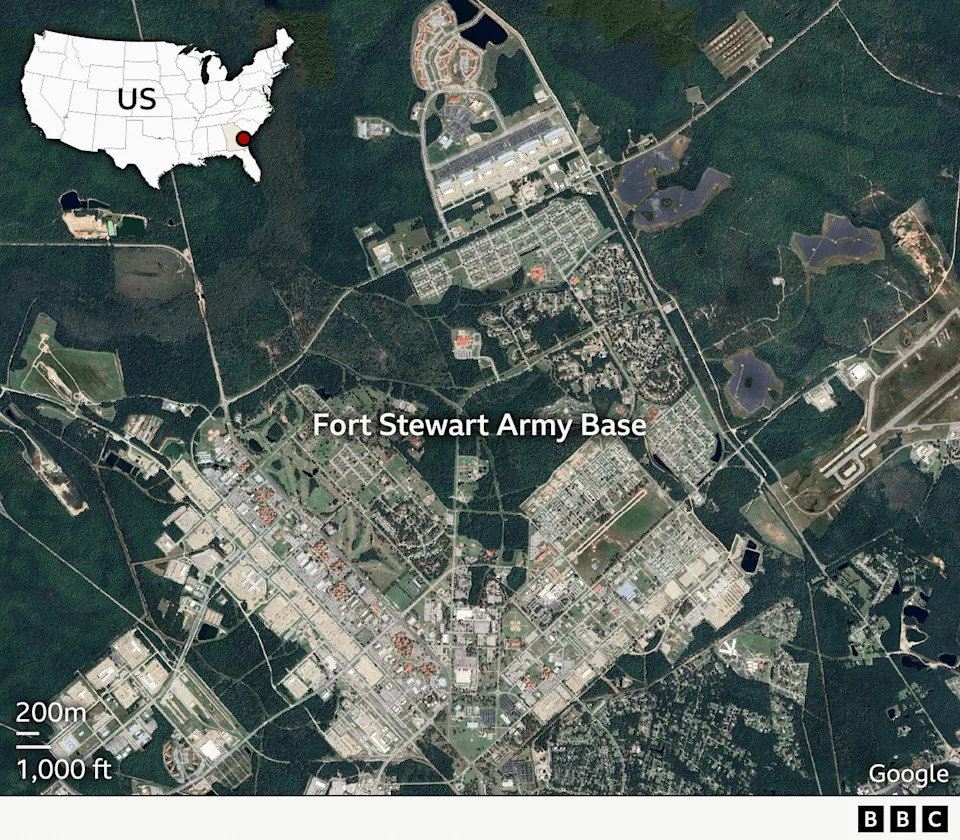
Rice-Eccles Stadium on the University of Utah campus in Salt Lake City is pictured on Monday, January 15, 2024. (Photo by Spenser Heaps for Utah News Dispatch)
Amid the state-imposed higher education reallocations process, the University of Utah is planning to cut over 80 inactive courses and programs, with the College of Humanities taking the biggest hit within the list.
As part of a 2025 law, public universities and colleges in the state have to make cuts of 10% of their budget for courses, aiming to weed out “inefficient” programs. Those funds would be set aside in a special account that would later be used to expand high-demand course offerings. Institutions already showed initial plans to the Utah Board of Higher Education in June.
However, with tight deadlines, and several steps along the way of final approval, some details haven’t been finalized.
The University of Utah Board of Trustees agreed on a list of course cuts that include several Middle East studies post-graduate programs and other world languages courses. Other cuts encompass some mining engineering certificates and science teaching programs.
“These decisions reflect careful consideration and consultation with college, school and departmental leadership,” University of Utah Provost Mitzi Montoya said in a July 9 memo to academic leaders.
The state’s flagship university reached the decision after conducting a data-informed analysis of academic programs, Montoya said. That study began with courses that have had “little to no recent enrollment or degree conferrals.”
Students currently enrolled in the programs will have support with “clear, timely pathways to degree completion” or can transition to other academic alternatives, Montoya said in the memo.
The school’s Academic Senate also agreed on the cuts, citing that the programs had between 0 and 1 total students graduating over the last eight years, commending the university leaders for using data analytics to inform their decisions.
“We recognize that there will be further, more painful rounds of cuts and restructurings, but we hope this can serve as a precedent and a model,” Richard Preiss, president of the Academic Senate, wrote in a report to the board of trustees.








Comments